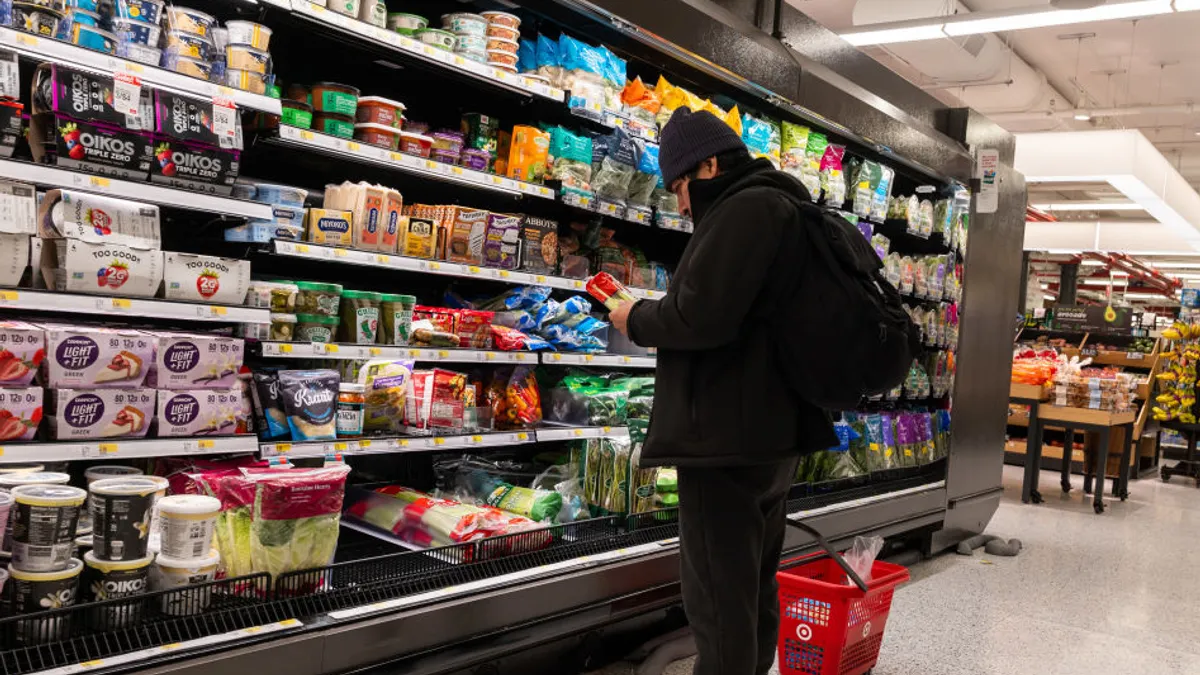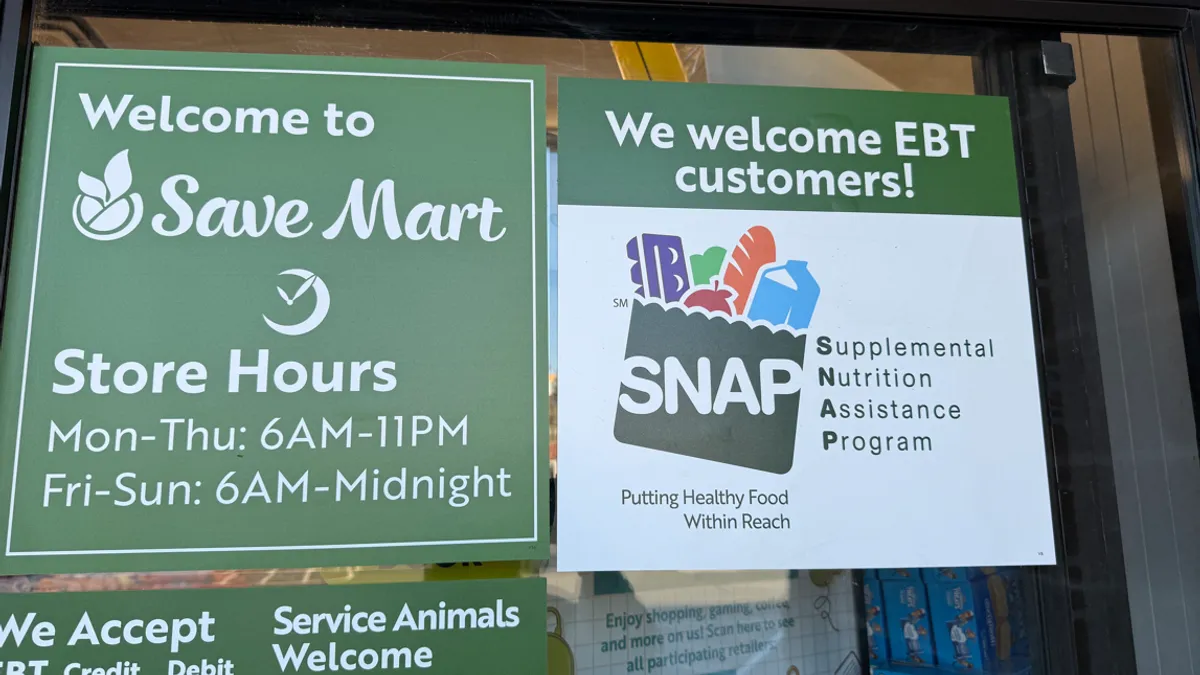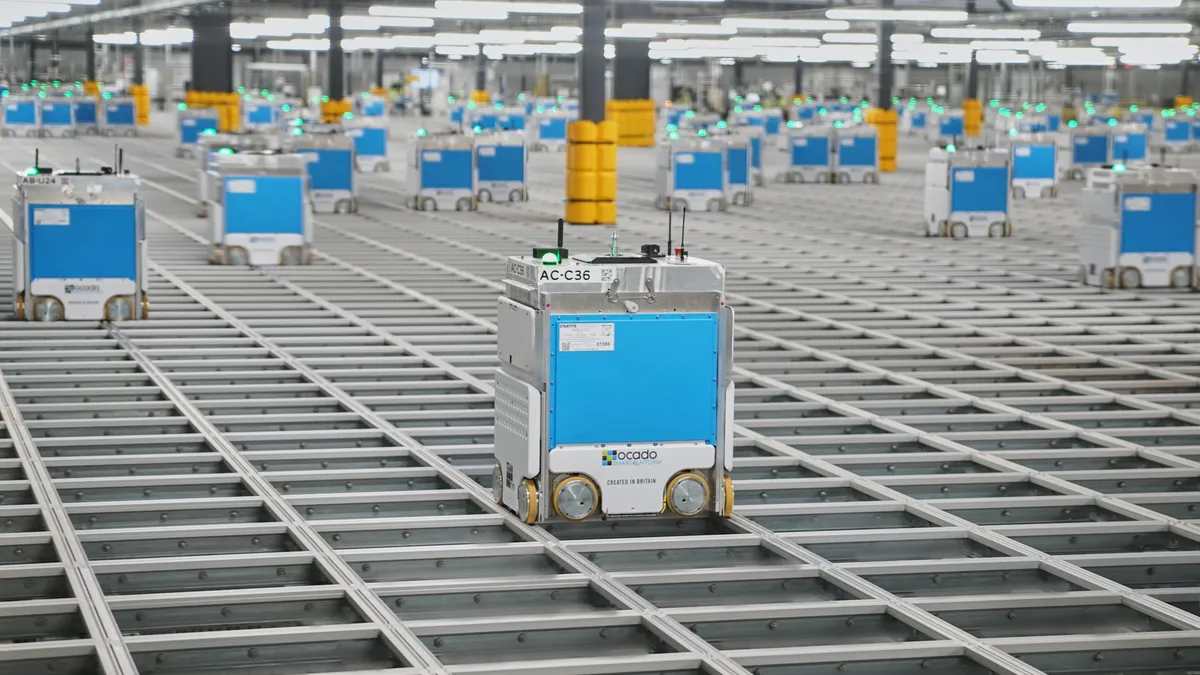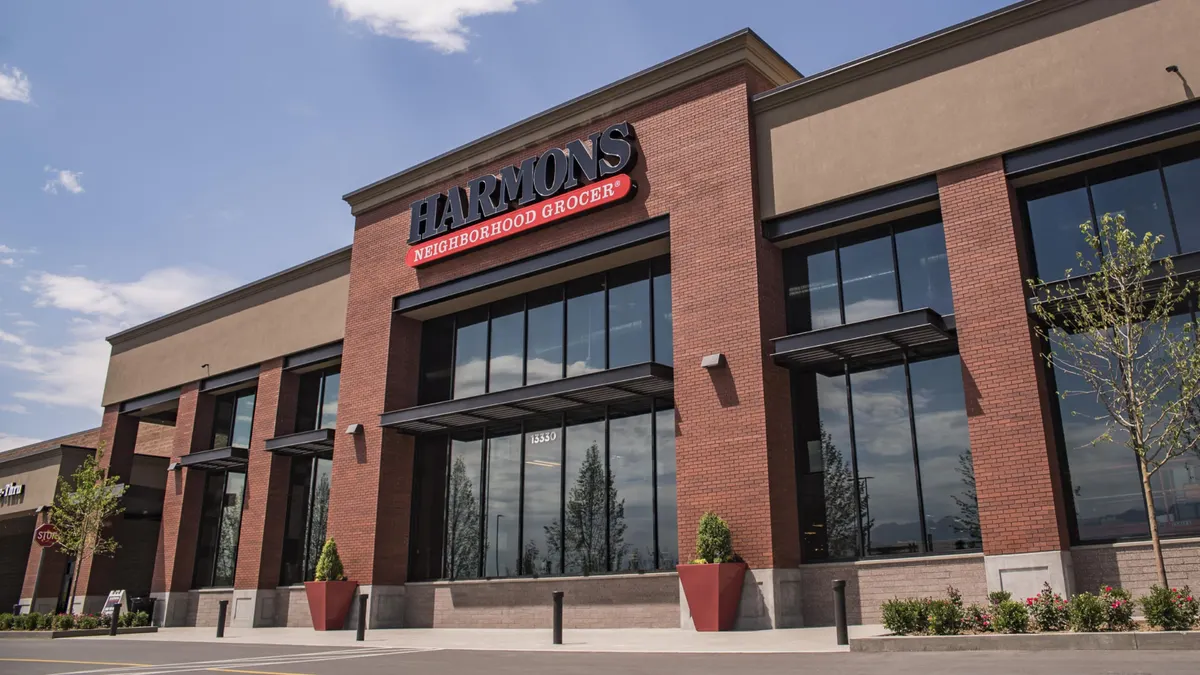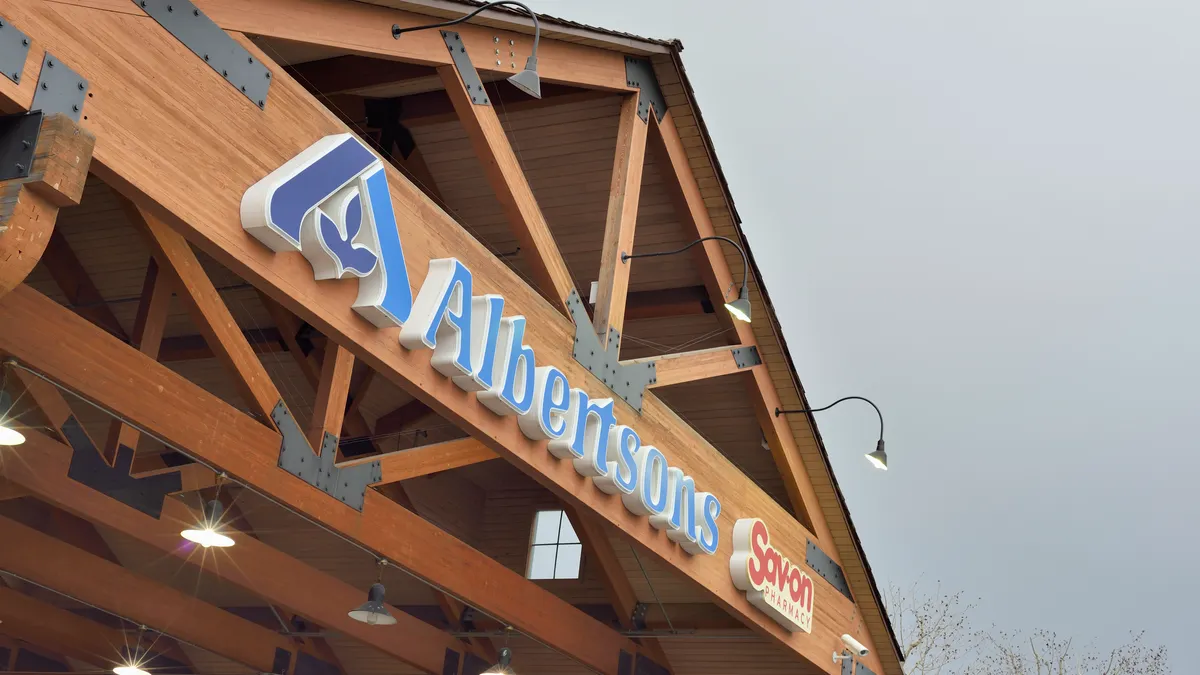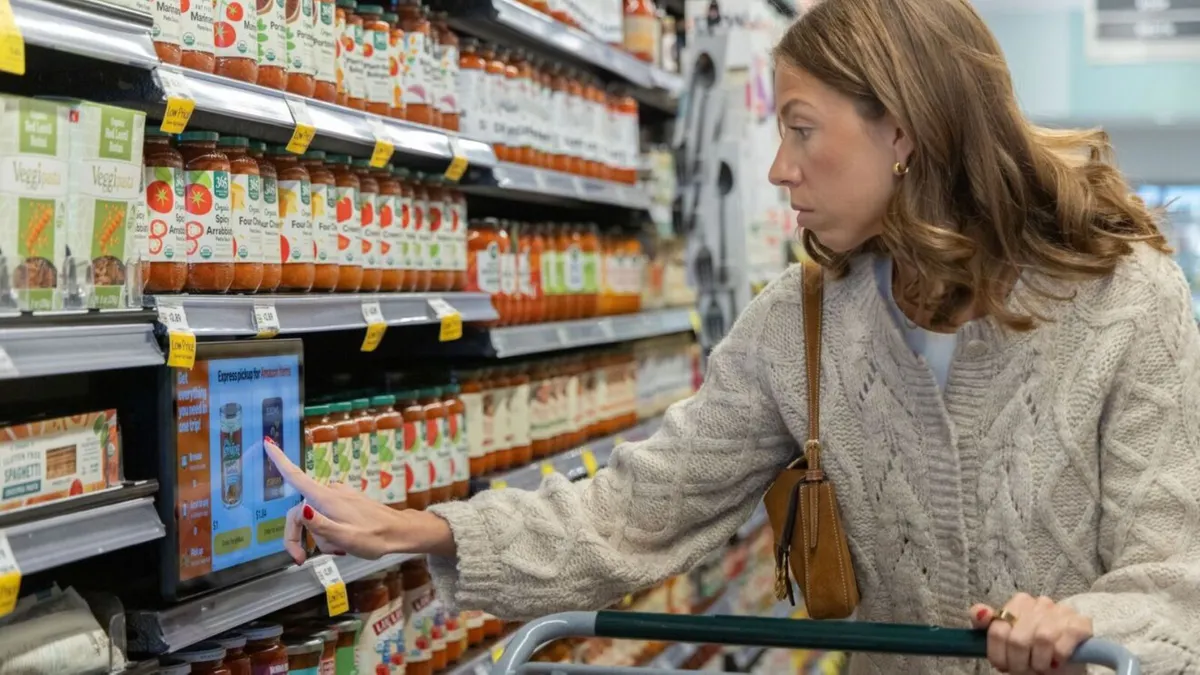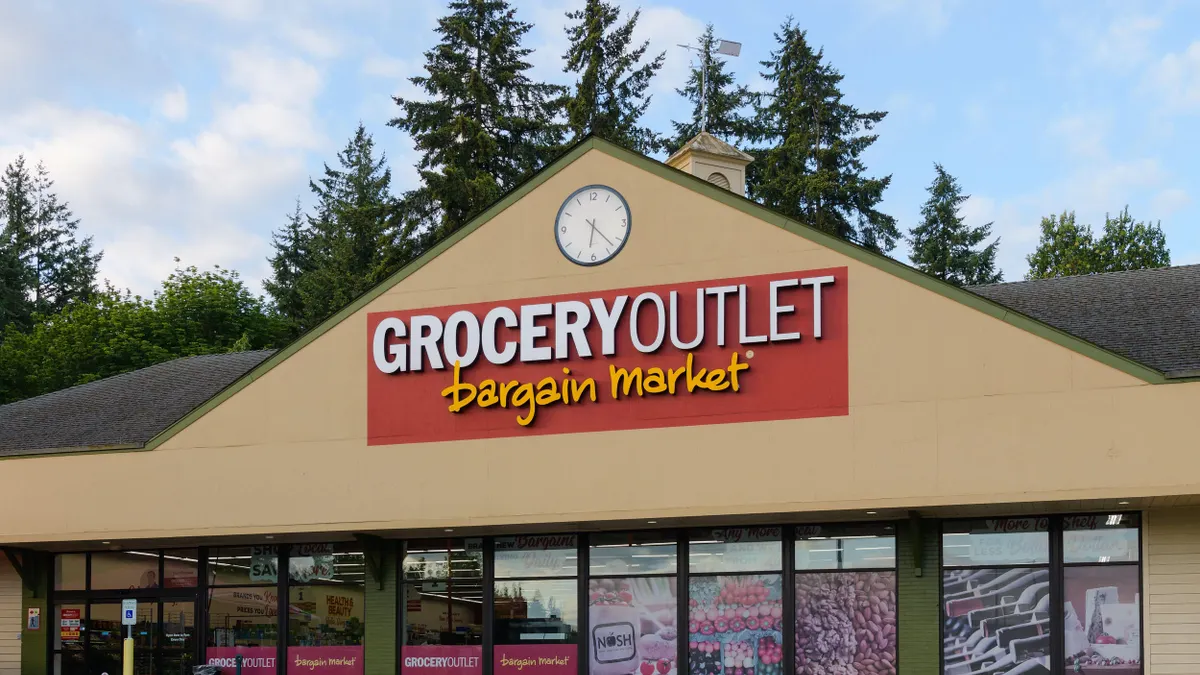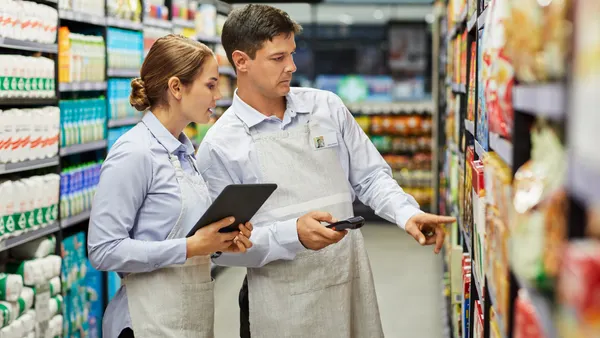Leslie G. Sarasin is the president and CEO of FMI — The Food Industry Association, a trade association advocating for a safer, healthier and more efficient consumer food supply chain.
Environmental considerations. Cultural shifts. Government oversight. Changing societal expectations. These are just some of the many challenges grocers have faced in recent years.
But food retailers and suppliers have proven resilient, agile and experienced in adapting new strategies to continue moving forward while keeping an eye on efficiency. They are proving flexible in addressing issues to future-proof operations, adjusting to the changing business terrain and remaining committed to connecting consumers with the food products they love, need and want.
For many businesses, the current economic environment contains a level of uncertainty. Retailers and suppliers say top challenges facing the industry include the economy, trade policy, the supply chain and theft. These concerns have an amplified impact on the industry’s bottom line as retailer profit margins remain small. In 2024, food retailers reported a profit margin of just 1.7%. Although this is on par with 2023, this is the industry’s lowest profit margin since 2019.
In response, retailers are focusing on improving cost controls and eliminating unnecessary expenses. The industry as a whole is focusing on supply chain investments, value strategies for shoppers, mitigation tactics and strong trading partner collaborations to ensure a sustained grocery business for years to come

The Food Retailing Industry Speaks 2025 report from FMI – The Food Industry Association found that the vast majority of retailers believe theft, fraud and shrink were the largest challenges impacting their businesses last year. To address these losses, grocers are investing in mitigation technologies, including employing data analytics, artificial intelligence and fraud assistance technology in loss prevention initiatives. FMI’s 2025 Asset Protection in Food Retail report found that other efforts to address loss and to prioritize the protection of people in stores include emphasizing associate safety, scrutinizing self-checkout, enhancing anti-shoplifting strategies, boosting efforts against organized retail crime and accounting for threats beyond the store, such as in parking lots and receiving areas.
Supply chain resiliency is another significant concern that has persisted over the past few years, sparked by the COVID-19 pandemic. The good news is that the pressures around trucking and transportation that led to severe supply chain shortfalls have decreased sharply. In 2022, according to Speaks, this negative pressure peaked with nearly 80% of retailers and 72% of suppliers citing trucking and transportation issues as business disruptions. In 2024, only 22% of retailers and 17% of suppliers reported these same challenges.
This substantial improvement in transportation is credit to the food industry’s tireless efforts to overcome and grow beyond disruptions to ensure consumers have access to the products they need and value. Retailers have focused on supply chain solutions such as prioritizing good supplier relationships and leveraging technology to boost efficiency. Grocers are also exploring local solutions, producers and vendors when it comes to supply chain disruptions.
Wholesalers told us they are focusing on growing connectivity with partners and other stakeholders. Nearly half of wholesalers report they are working to improve and optimize inventory management across the supply chain. These efforts and investments to address today’s environment and prepare for future unexpected hurdles demonstrate an all-of-industry, solution-driven approach as retailers and manufacturers are willing to navigate around any obstacles that present themselves.
Operational forecasting is always conducted through a fogged lens. However, our latest Speaks report attempts to identify the top anticipated operational issues for the year ahead. Perhaps not surprisingly, about 80% of retailers and suppliers expect that current and proposed tariffs could impact prices and supply chains. The industry is also concerned that upward price pressures and tariffs could potentially restrict consumer spending.
Regulatory issues and related costs are another challenge retailers and manufacturers foresee for the year to come, as they expect these costs to increase. As a result, the industry is engaged with lawmakers in advocating for smart, sensible fine-tuning of rules and policies that could negatively impact the businesses that keep America fed, including modifications to the Food Traceability Rule to make compliance achievable while still meeting FDA’s goal of reducing public health risk, the prohibition of EBT card swipe fees on SNAP purchases and comprehensive pharmacy benefit manager reform..
As the industry anticipates these challenges, retailers and suppliers are addressing the issues as they have in the face of every challenge – through a growth mindset with thoughtful investments that prioritize efficiency and collaboration.
Grocers are expanding value-oriented strategies to offset the effects of price pressures and to support shoppers in managing their grocery budgets. Retailers recognize that shoppers value convenience, entertainment, relevance and quality, and they are prioritizing meeting more than just consumer needs and wants. Last year, according to Speaks, 84% of retailers leveraged private brand programs as differentiation strategies, an impressively high percentage that points to a strong trend. Most retailers expanded space for private brands within their stores last year, and the majority of grocers plan to do so this year as well. Suppliers also prioritized consumer demand for private brands in 2024, with more than half focusing on private brand co-packing as a differentiation strategy.
Retailers and suppliers are also deepening trading partner collaboration to more effectively navigate hurdles impacting the industry. Last year, nearly half of retailers identified collaboration with suppliers and manufacturers as a significant business positive. According to Speaks, suppliers agree, with more than eight in 10 indicating that collaboration with retailers positively affected their businesses. This continues to be a priority for wholesalers.
High school geometry classes taught us that the closest distance between two points is a straight line, but experience tells us that a straight line is impractical. Paths through woods must detour around obstacles in the terrain, while highways must twist and turn to accommodate easier navigation. When complications and unexpected issues arise, we can either resist the challenges or adapt to them.
Through all the challenges, the food industry has adapted and invested time and time again, never failing to lose sight of the consumers it serves. With a growth mindset, retailers and manufacturers see opportunities for enhancing partnerships and delivering value for shoppers. And the food industry will continue to adjust to the changing economic, social, and political topography it traverses in the delivery of safe, affordable, and delicious food. It will face the challenges, adapting and embracing them as opportunities for new paths to connect with their customers.

